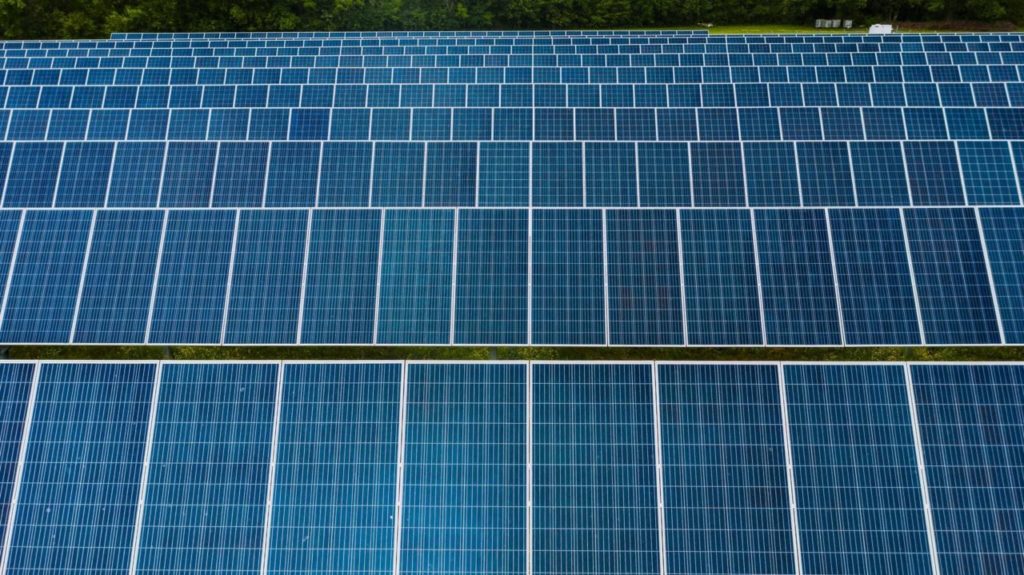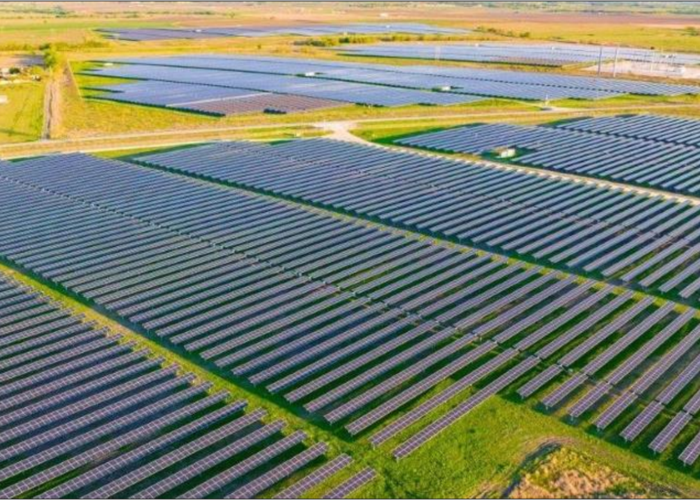
The Australian Energy Market Operator (AEMO) has released its March 2025 Connections Scorecard, showing that new renewable energy generation and energy storage projects in the final commissioning phase have reached 7GW.
The scorecard, which represents connections to the National Electricity Market (NEM), revealed an increase of 5.5GW year-on-year (YoY), with just 1.5GW of projects in March 2024. This represents an increase of 366%.
Try Premium for just $1
- Full premium access for the first month at only $1
- Converts to an annual rate after 30 days unless cancelled
- Cancel anytime during the trial period
Premium Benefits
- Expert industry analysis and interviews
- Digital access to PV Tech Power journal
- Exclusive event discounts
Or get the full Premium subscription right away
Or continue reading this article for free
Solar PV had a strong start in the first quarter of the year. 236MW of solar PV capacity reached full output throughout the first few months, including the 150MW Gangarri Solar Farm and 40MW Kingaroy Solar Farm located in Queensland and the 46MW Mokoan Solar Farm in Victoria.
As of March 2025, AEMO reported that the new generation and energy storage capacity pipeline has surpassed 51GW, reflecting a 37% YoY increase.
By technology type over the same period, standalone battery energy storage systems (BESS) have increased from 11GW to 20.5GW, hybrid solar and battery energy storage projects have increased from 4.5GW to 5.6GW, wind projects from 7.5GW to 8.7GW, and solar PV from 10.2GW to 12.1GW.
In the NEM states, this capacity is distributed as 36% in New South Wales, 31% in Queensland, 23% in Victoria, 10% in South Australia, and 0.25% in Tasmania.
Margarida Pimentel, manager of AEMO’s onboarding and connections group, stated that the pipeline of new projects required to replace ageing power stations and meet future demand is the largest ever recorded.
“So far this financial year, 42 project applications have been approved (9.2GW), 28 projects (7.5GW) were registered, and 16 projects (2.5GW) reached their full MW output,” Pimentel said.
This will also be seen as a boost, considering the question marks raised about Australia’s coal phase-out, a form of generation the country has relied on. Although AEMO has predicted that 2038 will be the full withdrawal date for coal power stations, research group Cornwall Insight told PV Tech that these could operate beyond this and well into the 2050s.
Standalone battery energy storage pipeline grows by 86% year-on-year
As reported by our sister site Energy-Storage.news yesterday (1 May), the pipeline of new standalone BESS in the NEM has increased by 86% YoY.
“Recent registrations and application approvals show a rapid increase in battery technology progressing through the pipeline across all regions,” AEMO’s scorecard read.
Utility-scale solar PV generation and BESS are leading the applications for the financial year to date. However, despite seeing a rise in announced solar-plus-storage projects in Australia in recent months, these are still minimal and have not been shared across most states, focusing more on New South Wales and Victoria.
Specifically, 4.7GW of BESS have had their applications approved, whilst solar-plus-storage has stood at 800MW.
March 2025 also saw the progression of BESS coming online. French independent power producer (IPP) Neoen brought its 238.5MW/477MWh 2-hour duration Blyth BESS in South Australia to full output.
Parts of this article were first published on Energy-Storage.news.






